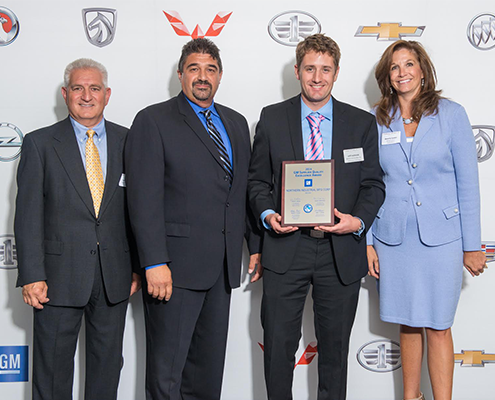Automotive Part Austempering FAQs
Welcome to Northern Industrial Manufacturing’s “Automotive Parts University”! In these quick-read, online articles we educate clients, customers, and anyone who loves all-things-automotive on the ins-and-outs of automotive parts manufacturing.
In this article the automotive parts manufacturing experts at NIM answer our customers most frequently asked questions about the austempering process.
What is Austempering?
Austempering is a heat treatment process used on steels and other ferrous materials. The most common purpose of austempering is to enhance its mechanical properties. The process results in the formation of bainite and possibly ausferrite microstructures in the part. The austempering process is relatively simple and have many benefits for ferrous parts, especially high quality precision metal shims.
How is Austempering Done?
The austempering process starts with the part being heated to approximately 1650 °F (900 °C). The purpose of this is to bring to part to the austenitic range where the austenite structure will form in the part. Then the part is quenched in a molten salt or oil bath heated to 450-750 °F (232-399 °C). From there, the part reaches above the martensite start and held in place for a time so it’ll form the bainite microstructure. After this, the part is then removed from the bath and cooled in the air until it reaches room temperature.
What are the Benefits of Austempering?
There are several different benefits the austempering process has for metal parts, especially high quality precision metal shims. When a part is austempered and the part gain a bainite microstructure, the strength, toughness and hardness of the part are all increased. The austempering process will also increase the ductility shock resistance, and impact resistance of the part as well. Finally, the austempering process will also make the part more resistant to distortion and wear, which is especially beneficial to thin parts like precision shims.
What are the Applications of Austempering?
The austempering process has many different applications to almost every industry that uses metal parts. Among them is the automotive industry, in which the austempering process has applications for precision metal shims. Precision shims needs to be stiff when they are placed in shafts so they don’t just bend around on impact of other parts. The austempering process helps prevent distortion in precision shims, maintaining their stiffness. Austempering also increase the mechanical properties of the precision shims as well, including hardness and wear resistance. This allows the precision shims to reduce friction between parts.
In conclusion, austempering increases all mechanical properties of steels and other ferrous materials in parts such as high quality precision shims.
Automotive Part Austempering | Michigan
Northern Industrial Manufacturing is your turnkey partner for even the most challenging projects. Our experts understand which options work best for your specific material and surface finish requirements, and offer the most advanced technologies to meet the needs of your unique project.
We will bring your parts to market on time – with assistance from prototype to volume production – quickly, affordably and efficiently as possible.
Thank you for visiting our blog where we keep customers updated and informed on the latest processes in automotive parts manufacturing!
Please check back often if you would like to learn more about the world of precision thrust washers, selective shims, spacers, and other automotive parts.




